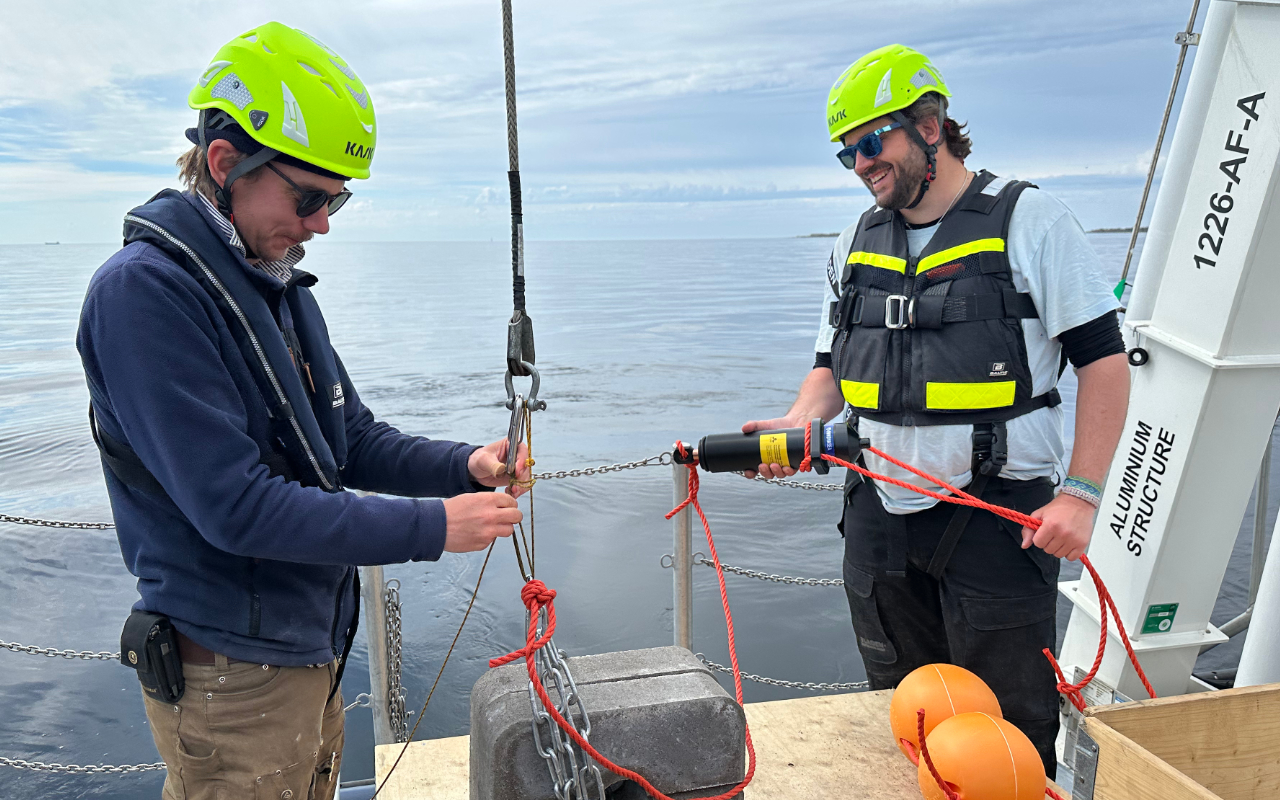
SLU launches large-scale fish tracking – aiming to provide new insights about fish in the Baltic Sea
SLU has deployed 80 acoustic receivers along two lines in the Baltic Sea. By listening for signals from tagged fish, the receivers will reveal migration routes and uncover new insights on life beneath the waves. This is important for both research and management of fish in the Baltic Sea.
-
Current target for sustainable fishing involves unnecessarily high risks
A new study shows that the level currently used as a benchmark for maximum sustainable yield carries a higher risk of stock collapse than previously assumed. Almost the same long-term catches can be achieved with slightly lower fishing pressure, but with a significantly lower risk to the stocks. -
Increased amounts of mineral nutrients in Swedish forest soils, despite intensive forestry
Are Swedish forest soils depleted in nutrients by forestry and increased tree growth? No, a new study reports that levels of important mineral nutrients have increased in the organic layer over the past 40 years. Reduced acid rain and uplift of nutrients from the mineral soil are suggested reasons. -
SLU’s Fisheries Research Station in Älvkarleby has now closed for good
After more than 100 years of operation, Sweden’s first facility for compensatory fish farming of salmon and trout has now permanently closed its doors. -
After the EU rejection of the Forest Monitoring Law – European cooperation continues
In October, the European Parliament voted against the proposal for a new EU Forest Monitoring Law. However, work to harmonise forest data across Europe continues – and the Swedish University of Agricultural Sciences (SLU) plays an important role in that process. -
How moose choose to move in forest landscapes: ”Avoiding areas close to roads”
Most moose prefer to stay in young forests and mixed forests with a high proportion of deciduous trees. But they want to be far away from the nearest road. This is shown by a study from the Swedish University of Agricultural Sciences (SLU), which has mapped moose movements for over 20 years. -
Here's where moose and deer find their food – SLU releases unique map
For the first time, there is now a map showing where the forage for deer and moose is located. The maps, produced by researchers at SLU, shows where key tree species for ungulates are found and how much is at grazing height. -
Local fishing closure improved European eel stock on the Swedish west coast
The number of eels leaving the Swedish west coast to spawn in the Sargasso Sea has increased since eel fishing was closed in 2012. This is shown in a new study from the Swedish University of Agricultural Sciences (SLU), which for the first time evaluates the effects of the closure. -
Positive signals and alarming trends in new fish reports from a unique environmental monitoring program
Since the 80s, The Swedish University of Agricultural Sciences (SLU), the University of Gothenburg and the Swedish Museum of Natural History have monitored fish health, population status and contaminant levels in fish along the Swedish coast. Results from four reference areas have now been released. -
Researchers' call: Consider the risk of animal-borne diseases in ecosystem restoration
Disturbances in the habitats of wild animals increase the risk for outbreaks of animal-borne diseases. However, even when habitats are restored, there are risks that should be taken into account. This according to a study led by researchers at the Swedish University of Agricultural Sciences (SLU). -
More hands in the water to give researchers better insight into Baltic Sea fish
Can more hands in the water provide better knowledge about fish health? Researchers from the Swedish University of Agricultural Sciences (SLU) are now testing a new method to collect data along the Swedish Baltic Sea coast.